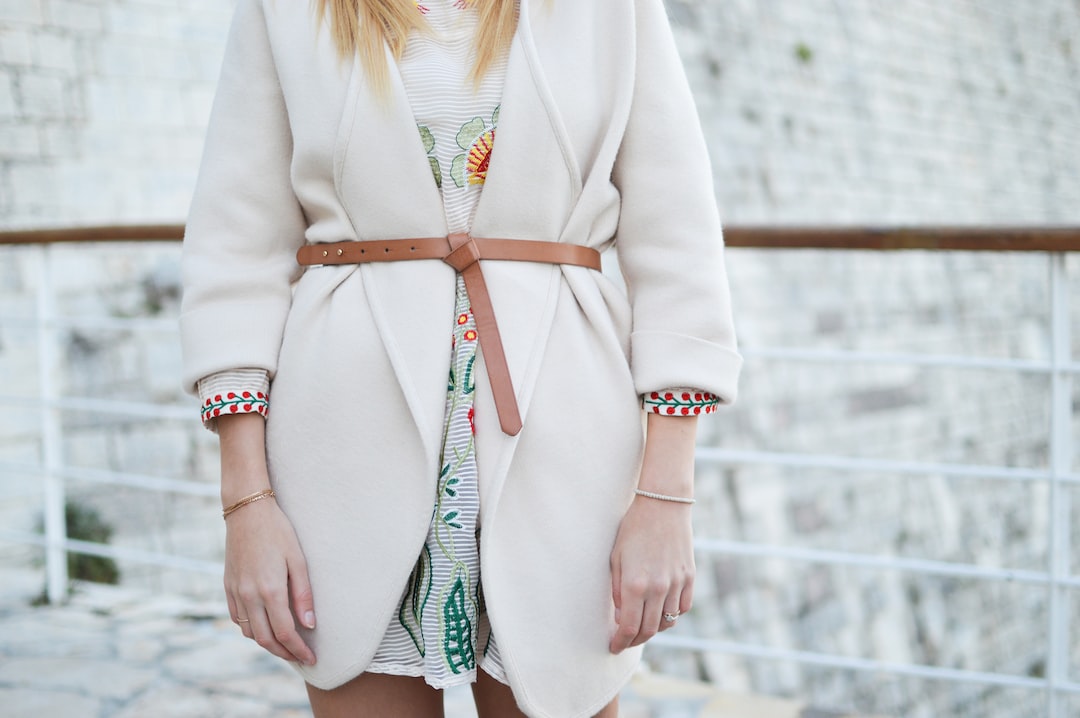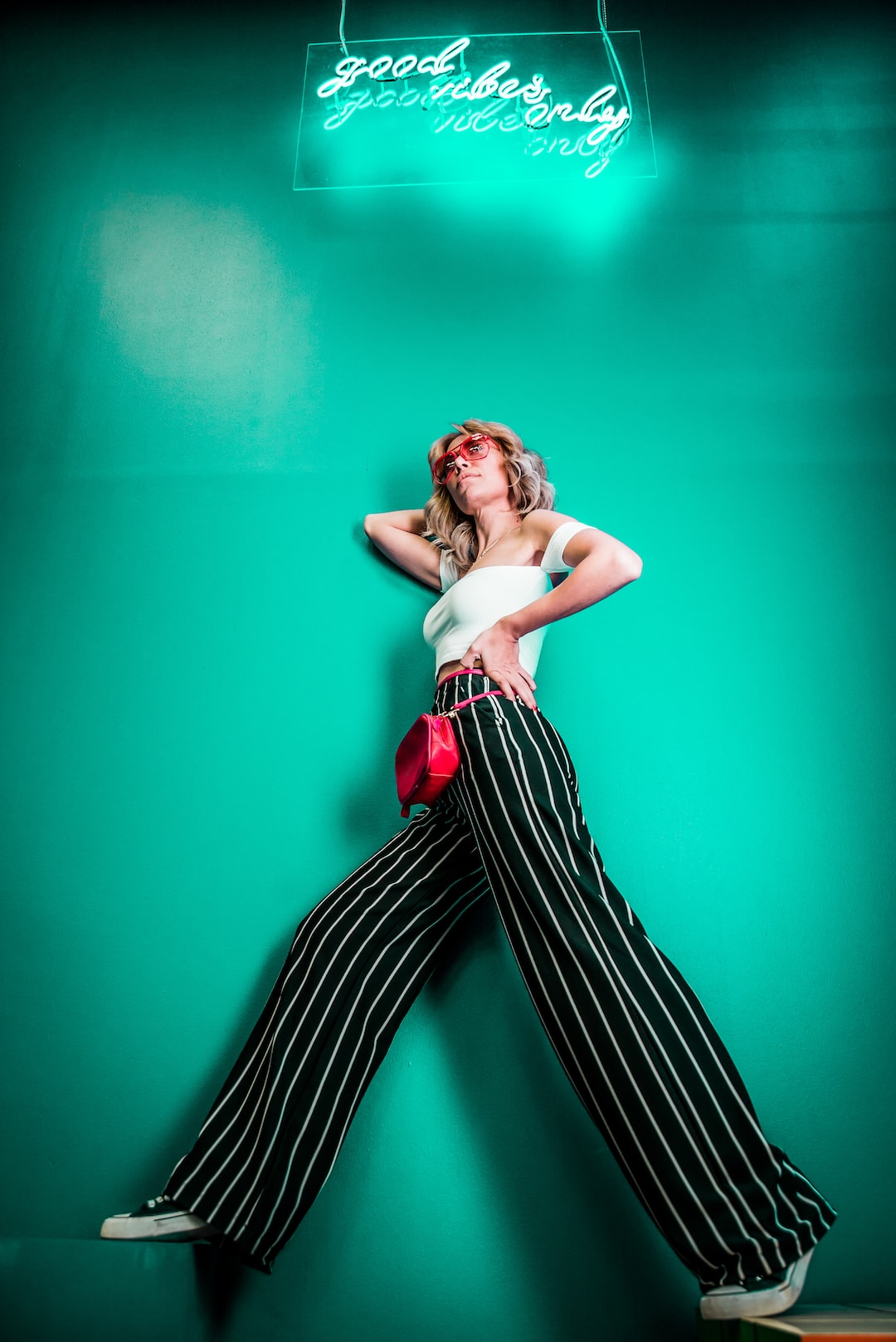Introduction
Designing fashion websites requires creativity and a good understanding of current trends and fashion tastes. It is important to create a visually appealing website that will capture the attention of potential customers. Designing for fashion websites involves considering factors such as color, layout, navigation, typography, images, and content. This article outlines how to design for fashion websites, from creating a user-friendly website interface to utilizing effective visual elements.
Understanding Your Audience
Before designing your website, it is important to understand who your target audience is. Research the types of clothing people in your target demographic prefer, and consider how to craft a website that appeals to their tastes. Utilize surveys and focus groups to gain an understanding of what they want to see on the website. Additionally, consider the age group and location of your target audience; this will inform which website elements you choose to include.
Layout and Navigation
The website’s layout and navigation should be intuitive and easy to use. Make sure the navigation is clearly visible and allows users to find what they are looking for quickly. Additionally, make sure the page layout is organized and consistent so that visitors can easily understand the website’s design structure. Consider how users will interact with the website, and plan the website structure to accommodate their needs.
Color and Typography
Color and typography are powerful design tools that can help convey your website’s personality and brand identity. Choose colors that are representative of the brand and website theme, as well as colors that will attract the target audience. Additionally, make sure to choose fonts that are visually appealing and appropriate for the website’s purpose.
Images and Content
High-quality images are essential for fashion websites, as they are an important part of conveying the website’s message and product. Consider how you will source images, such as using stock photos or creating custom images. Additionally, use content to engage with website visitors and effectively communicate the website’s message. Utilize videos and written content to promote products and connect with customers.
Steps to Design a Fashion Website
Creating a fashion website is an exciting venture that can bring in business, establish an online presence, and help you reach your target audience. There are several key steps to designing a fashion website that should be taken in order to make it successfu l.
l.
Step 1: Think of a Clear Concept and Focus
The first step is to decide what the main goal of the website will be. Consider who your target audience is and what kind of fashion website will appeal to them. Designing a fashion website should consider the audience’s needs and expectations. Focus on the aspects that will add value to customers, such as interaction, education, or convenience.
Step 2: Choose Quality Content and Images
When it comes to design, content is king. Quality content that is well written and informative is essential to engaging visitors and keeping them coming back for more. Incorporate images into the website that will showcase the fashion items being sold. Quality photography and videography can help communicate the brand’s message and create an emotional appeal. When using photographs and videos, make sure the images reflect the brand and values that you want to convey.
Step 3: Use Responsive Design
Responsive design is a must when creating a fashion website. It ensures that the website looks good and functions properly across different devices. This includes tablets, laptops, and smartphones. Responsive design makes sure that visitors can access the website easily and view the fashion items no matter which device they are using.
Step 4: Add Social Media Integration
Integrating social media platforms into the website can help to promote the website and attract new customers. Incorporating social media into the website can also help to increase engagement with existing customers. This can be done by adding a “Follow us” section, sharing buttons, and live feeds to the website.
Step 5: Keep Navigation Simple
The navigation of a fashion website should be kept simple in order to make it easy for visitors to find what they are looking for. Use drop-down menus and clear labels so that users can quickly and easily find the information they are seeking.
Step 6: Utilize Effective SEO Practices
Search engine optimization (SEO) is an important part of designing a successful fashion website. Utilizing effective SEO practices will help the website rank higher in search engine results pages (SERPs). Keywords, page titles, meta descriptions, and heading tags should all be optimized in order to raise the website’s ranking.
Step 7: Create a Responsive Shopping Cart
Creating a responsive and accessible shopping cart is important for any fashion website. Make sure that the shopping cart is connected to secure payment methods and that it provides a positive buying experience for website visitors. Consider using a shopping cart plugin that is easy to set up and use.
Step 8: Test Your Website
Once the website is built, it is important to test it to ensure that it is functioning correctly. Test the website on multiple browsers and devices to make sure that it loads co rrectly and that everything works as expected.
rrectly and that everything works as expected.
Conclusion
Designing a fashion website can be a daunting task, but taking the time to research, plan, and execute a good design will be rewarded in the long run. By following the steps outlined above, you can create a stylish and functional fashion website that appeals to your target customers. Additionally, using effective SEO practices, adding social media integration, and keeping the navigation simple will all help to drive more traffic to the website.
1. Use a consistent font style, color, and size throughout the website.
2. Organize the website into sections such as “New Arrivals”, “Women’s”, “Men’s”, “Sale”, etc.
3. Include images of clothing with clickable links to the product page.
4. Utilize plenty of white space to make the website look clean and uncluttered.
5. Utilize HTML5 tags like


